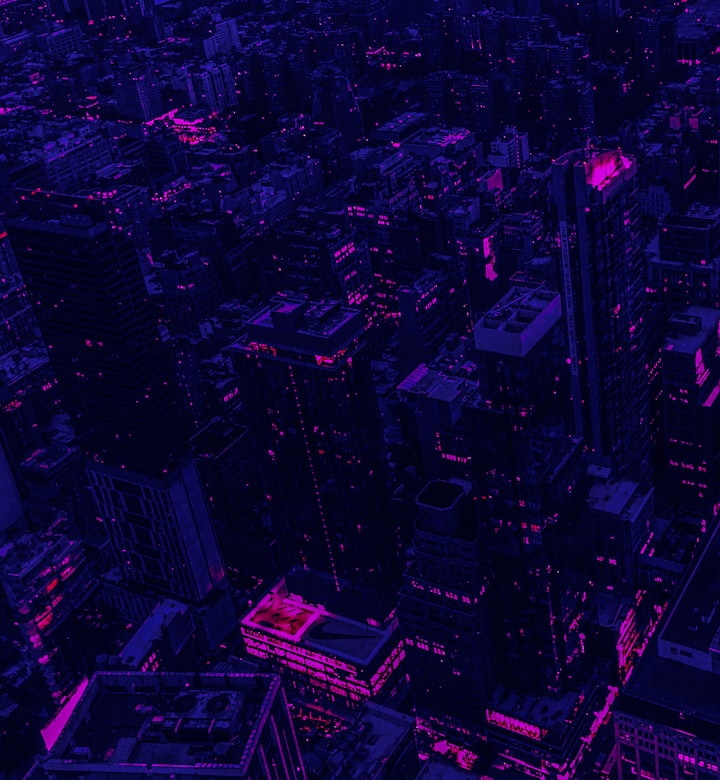
Meteors and meteorites
Meteors and meteorites are two nouns which in fact define the same interplanetary object, with the difference that the second reaches the ground, as we explained in the page dedicated to meteoroid classes. Both are meteoroids originating from the decay of comets or fragments of asteroids and were formed billions of years ago. Most meteorites are microscopic and vaporize in dense layers of the atmosphere. The fragments which have withstood atmospheric friction are usually “heavy weights”, remnants of rocks originally measuring a few centimeters to several tens of meters in diameter and weighing up to several hundred tons. Of course, such meteorite falls are extremely rare, and it is fortunate for the human species. How many meteorites fall on Earth? With each passing day, millions of microparticles of a tenth of a millimeter cover the earth’s surface. The quantity of meteoroids hitting the upper atmosphere each day varies between 0.4 and 110 tonnes per day with an estimated maximum of 300 tonnes per day (cf. CS Gradner et al., 2014), which brings the average to 33 tonnes depending on the NASA. Most of this dust burns in the atmosphere and does not reach the ground
the famous zodiacal light and the gegenshein
The only visible traces of this interplanetary dust are the famous zodiacal light and the gegenshein. This meteorite dust dispersed throughout the Earth’s orbit influences the major axis of its orbit. In the space of a few millennia it decreases its length and ends up modifying the length of the year. According to the Meteoritical Society database, 779 meteoroid falls were observed between 1900 and 2018, an average of 6.6 falls per year. In 1994, the US Department of Defense estimated that at least 100 cars explode each year in the atmosphere releasing energy greater than 1 kT of TNT, or more than 1011 Joules. According to Cambridge University physicist Dave Ansel and founder of the Sciansell company, the Earth accumulates 40,000 tonnes of meteorites and cosmic dust each year, including about 5,200 tonnes of micrometeorites between 30 and 200 microns in size. fall to the ground (cf. J. Rojas et al., 2021). According to the Meteoritical Society database, to date more than 65,000 meteorites have been classified. Note that the Moon and the other planets must be hit by as many meteorites, especially since our satellite has no atmosphere to burn them. Since the birth of our planet, it is estimated that meteorites have accumulated 3 meters thick, enriching the earth with silicates and metals. Think that when you turn over the earth, you will also raise a little cosmic dust.
meteoriticists
Finds and Falls Only a small fraction of collected meteorites have been observed to fall, 1.8% for the whole world. “Observed” usually means that a meteor was seen or heard and the stone or stones causing the effects was recovered shortly thereafter, usually within a few days. Such meteorites are called “falls” by meteoriticists. The other 98% are called “finds” – someone found the meteorite but the meteor was not observed.
Stony and Iron Meteorites
Stony and Iron Meteorites If only falls are considered, most meteorites are stony meteorites. Only a few percent are iron meteorites, also known as “irons.” Mesosiderites and pallasites are rare types of meteorites that contain subequal volumes of both metal and stony material.
In populated places like North America, however, people find (Fig. 9) a greater fraction of irons than the fraction of irons among falls (Fig. 7) because irons tend to be more massive and are more likely to catch peoples’ attention. Many have been found by farmers plowing a field.
About the Creator
mahdiansyah
freelance bloger






Comments
There are no comments for this story
Be the first to respond and start the conversation.